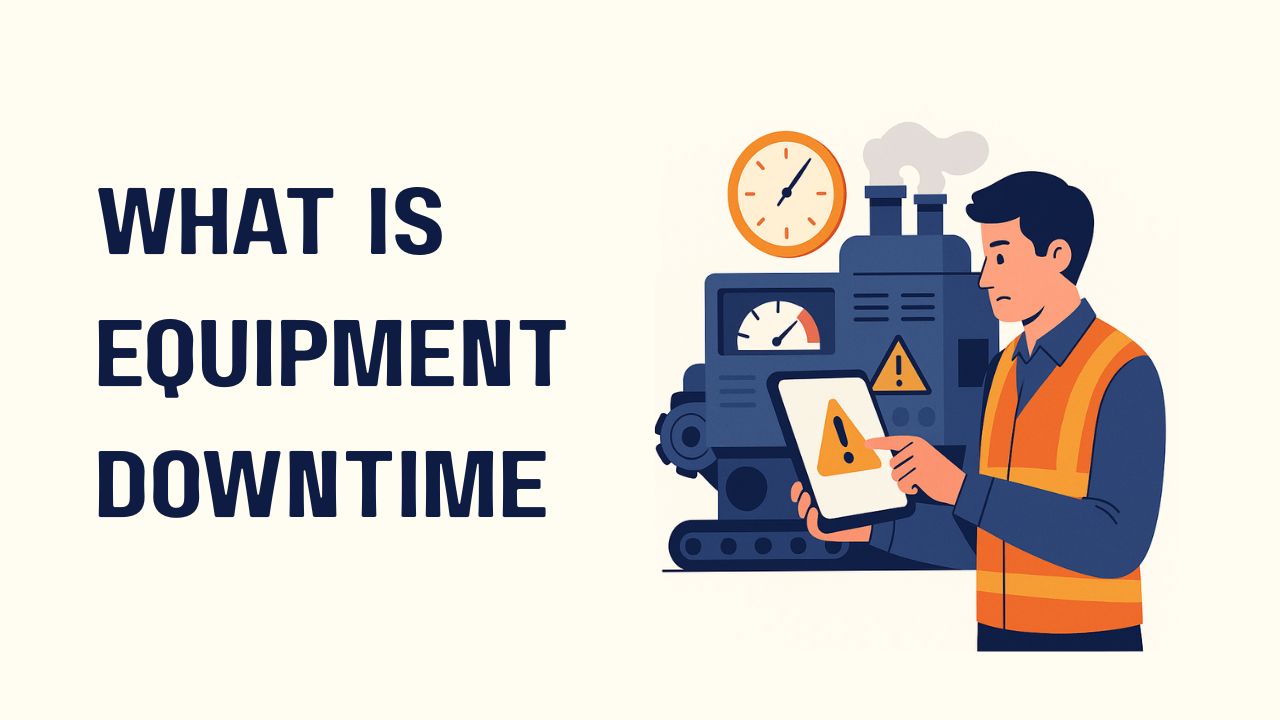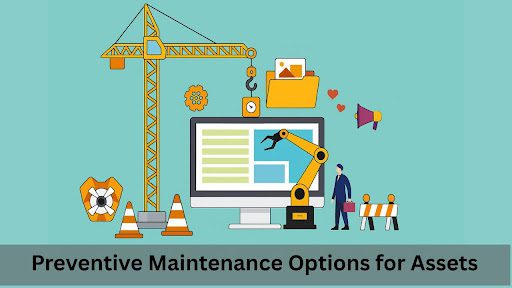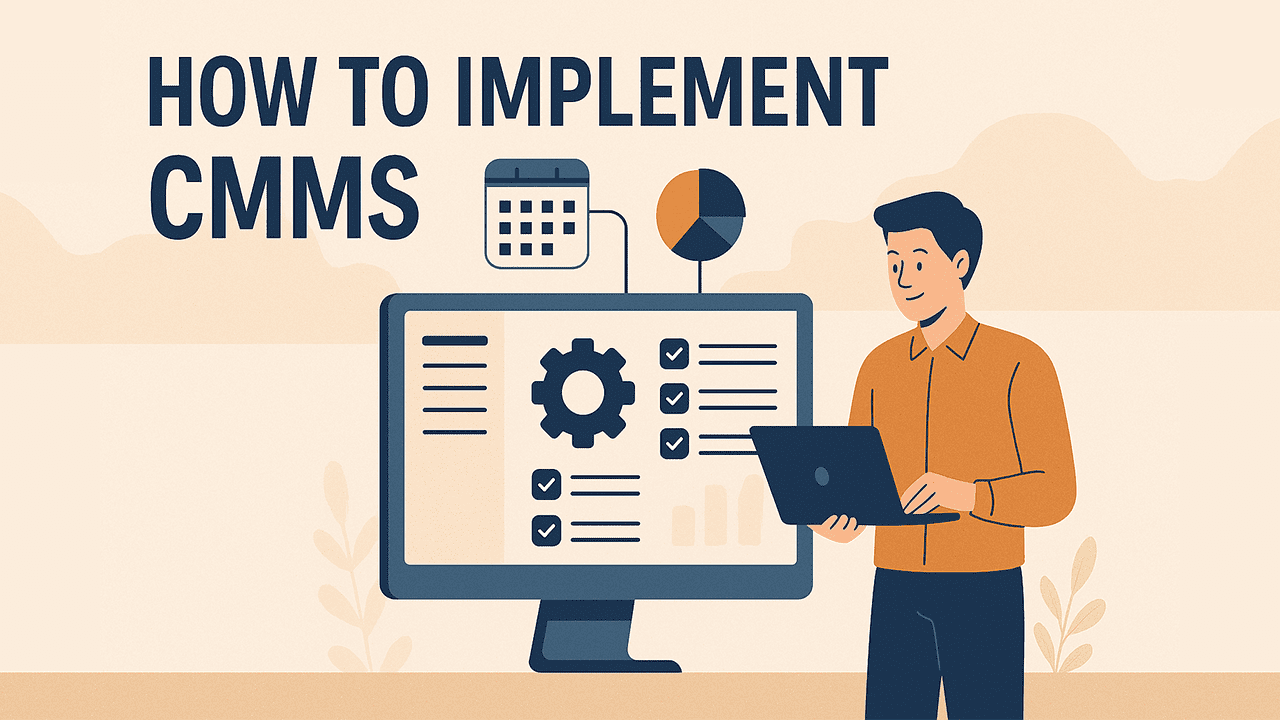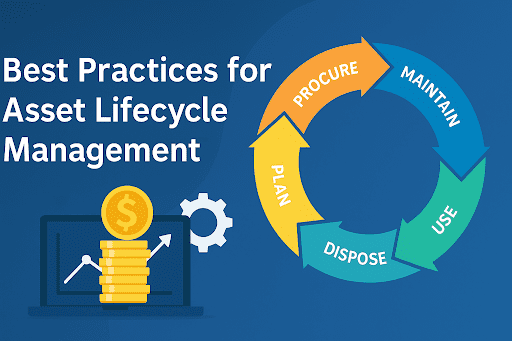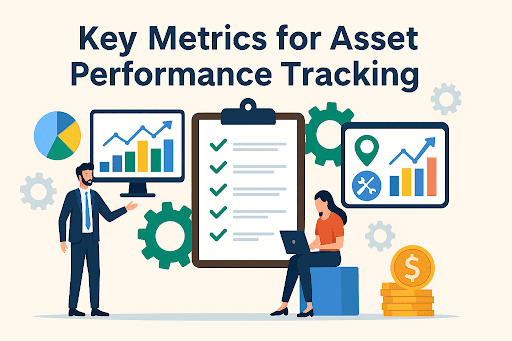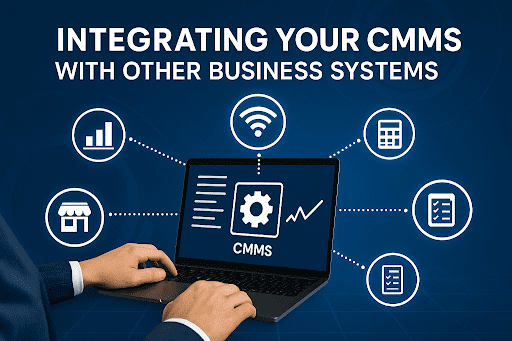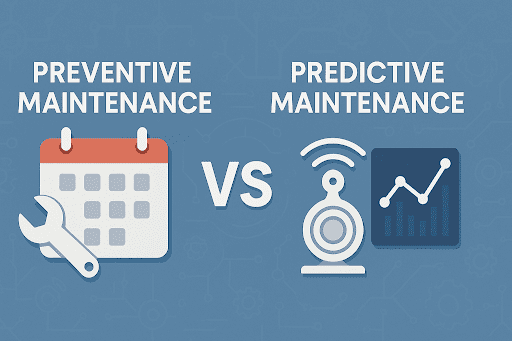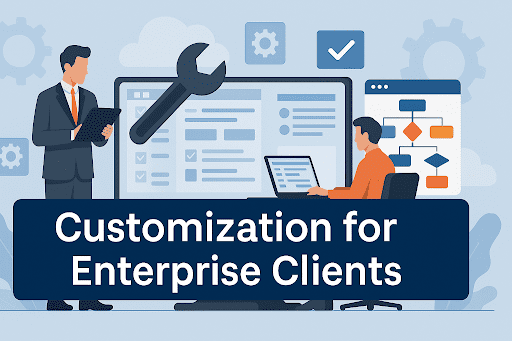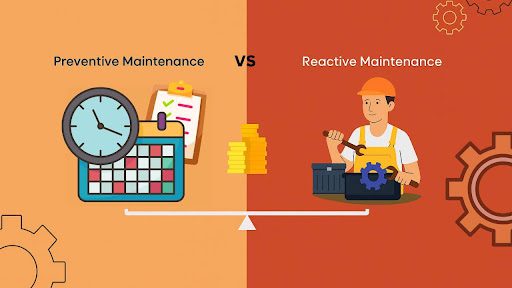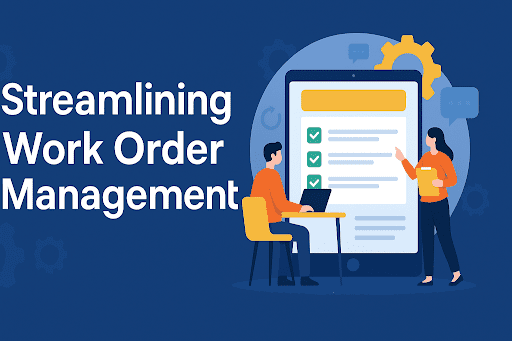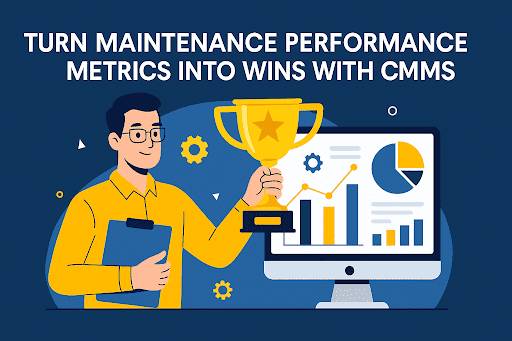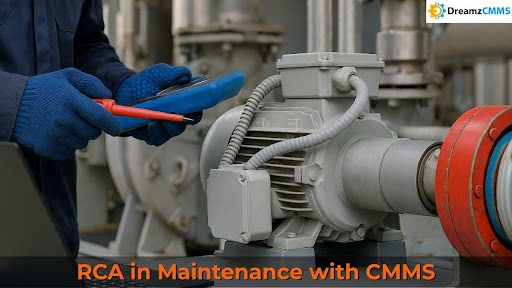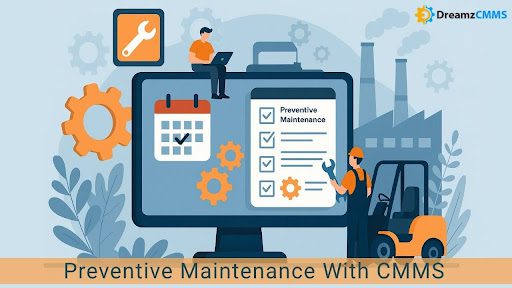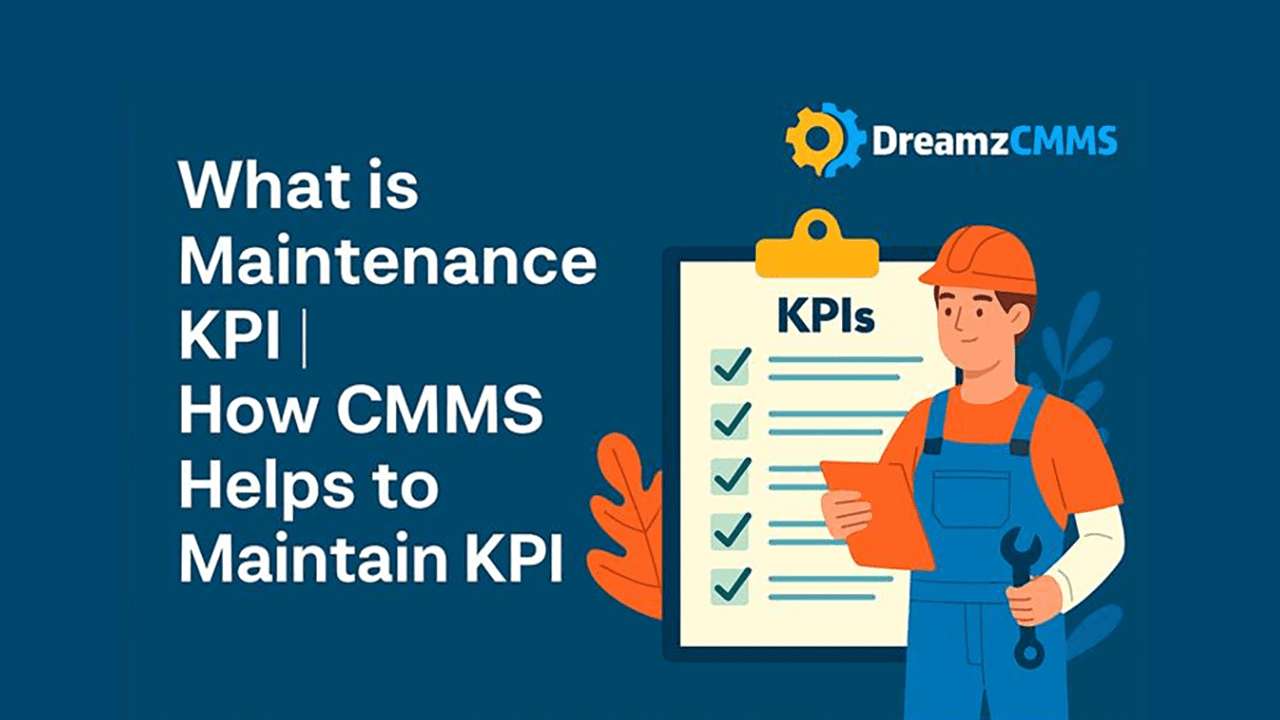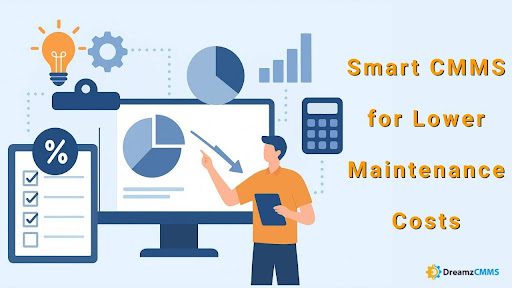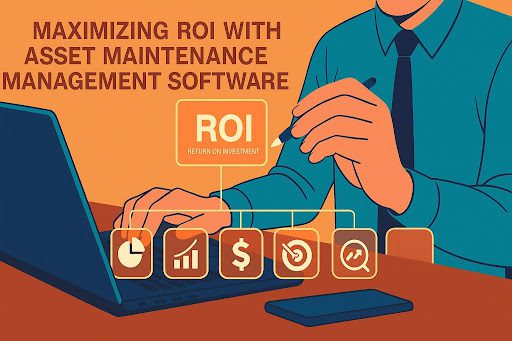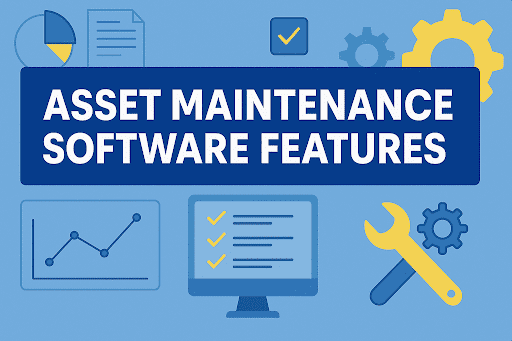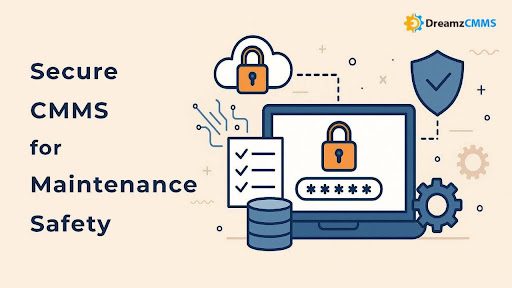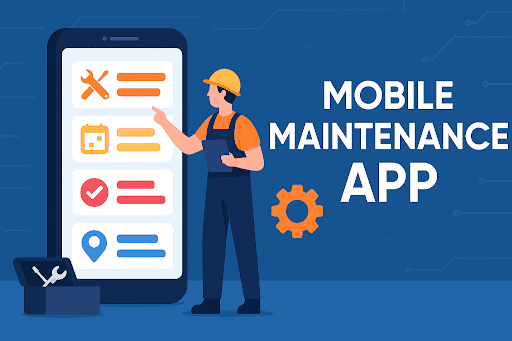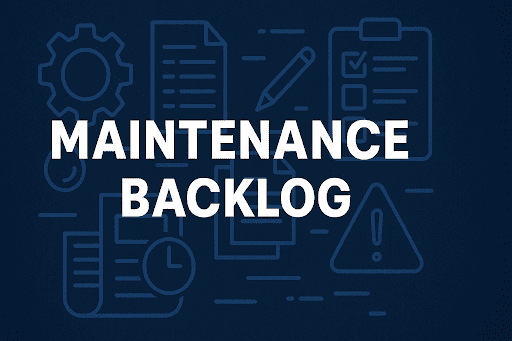 BACK TO Blog
BACK TO Blog
Asset Rental Management
Asset Maintenance
Executive Overview Reactive maintenance often appears manageable until repeated breakdowns begin to affect service levels, costs, and team performance. Fixing assets only after failure may seem efficient at first, but this approach creates frequent downtime, rising expenses, and pressure on internal teams. A typical breakdown maintenance strategy leads to a
- July 03, 2025
- DreamzCMMS Team
- 8 minutes read
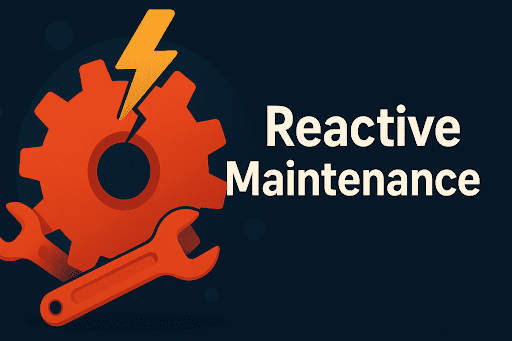
- July 03, 2025
- DreamzCMMS Team
- 8 minutes read
Executive Overview
Reactive maintenance often appears manageable until repeated breakdowns begin to affect service levels, costs, and team performance. Fixing assets only after failure may seem efficient at first, but this approach creates frequent downtime, rising expenses, and pressure on internal teams.
A typical breakdown maintenance strategy leads to a growing list of unplanned maintenance tasks, higher labour costs, and delays in other scheduled work. Over time, the hidden cost of reactive maintenance affects more than just operations. It limits visibility, complicates planning, and puts business continuity at risk.
To gain control, executive teams are adopting tools like DreamzCMMS, which offer CMMS for reactive maintenance tracking and insights to manage these patterns. With integrated Asset Maintenance Management Software, leaders can track trends, reduce last-minute decisions, and build a shift toward reliability-focused planning.
When comparing reactive vs preventive maintenance, the long-term benefits of strategic action become clear. Less emergency work, fewer equipment failures, and a stronger ability to plan ahead all support wider business goals. Moving away from reactive habits helps protect margins and keeps operations running without disruption.
What Is Reactive Maintenance?
Reactive maintenance is the process of fixing equipment only after a failure has occurred. It is also known as run-to-failure maintenance. There is no planned action or inspection before the breakdown, and service begins only when the problem has already caused disruption.
This approach is common in operations that follow a breakdown maintenance strategy. It often results in unexpected delays and contributes to a growing maintenance backlog from reactive tasks. As failures increase, teams are pulled away from routine work, causing schedule disruptions and reduced output.
Using a CMMS for reactive maintenance tracking helps organisations document repair events, track time and cost, and identify common patterns. A solution like DreamzCMMS collects these details and supports better decision-making at the leadership level. Patterns in equipment failure repair become easier to manage, and teams can begin to take corrective actions based on accurate records.
Hidden Costs and Risks of Running to Failure
1. Long Periods of Idle Equipment
When a machine stops without warning, production freezes. Each hour of downtime erodes revenue and strains delivery commitments.
2. Expensive “Rush” Repairs
Urgent call-outs, overtime pay, and premium shipping for parts inflate the true cost of reactive maintenance far beyond a planned repair.
3. Growing Backlog
Every unplanned fix pushes scheduled work aside, creating a maintenance backlog from reactive tasks that crowds the calendar for weeks.
4. Shorter Service Life
Repeated shocks from sudden breakdowns speed up wear. Assets replaced early tie up capital that could fund improvements elsewhere.
5. Safety Gaps and Compliance Risk
Skipped inspections leave hazards unseen. A single missed check may result in fines or, worse, an avoidable injury.
6. Technician Fatigue
Constant emergencies force crews to switch focus and work under pressure, reducing accuracy and morale.
These outcomes show why relying on a breakdown maintenance strategy is unsustainable. A data-driven plan, backed by a CMMS for reactive maintenance tracking, helps leaders cap emergency events and redirect effort toward reliable, planned care.
Struggling with repeated equipment failures and rising maintenance costs?Discover how DreamzCMMS helps teams track, manage, and reduce reactive tasks.Request a Free Demo now to explore features like CMMS for reactive maintenance tracking, corrective workflows, and integrated Asset Maintenance Management Software all designed to support smarter maintenance decisions. |
Reactive versus Preventive Maintenance: Executive Lens
Leadership teams must weigh the trade-offs between waiting for assets to fail and intervening before trouble starts. The table and notes below present a fresh, concise view that helps clarify this choice.
| Factor | Reactive Maintenance (Run-to-Failure) | Preventive Maintenance (Planned Care) |
| Action Timing | Work begins after a fault | Work occurs before a fault |
| Cost Pattern | Expenses spike without warning, raising the overall cost of reactive maintenance | Spending follows a set plan, aiding budget control |
| Downtime | Sudden stops; longer outages | Short, scheduled pauses |
| Labour Focus | Crews shift to emergencies, enlarging the maintenance backlog from reactive tasks | Crews follow an organised calendar |
| Asset Life | Repeated stress shortens service life | Regular care extends useful life |
| Data Quality | Event logs often incomplete | Records maintained in a CMMS for reactive maintenance tracking and calendars |
Key Insights for Decision Makers
- A pure breakdown maintenance strategy may appear simple but introduces risks that erode margins over time.
- Unplanned equipment failure repair drives premium part costs, overtime pay, and idle production lines.
- Shifting even part of the workload toward planned routines lowers failure frequency and stabilises cash flow.
- Modern platforms such as DreamzCMMS combine Facility Management Software with scheduling tools, letting executives phase in preventive tasks while still logging reactive events for analysis.
- Comparing reactive vs preventive maintenance through data rather than opinion leads to clearer investment decisions.
Transitioning from Reactive to Corrective Maintenance
Replacing reactive habits with a more controlled maintenance process begins with corrective actions. Corrective maintenance allows teams to fix problems that are found during inspections or early signs of wear, before the equipment fails completely.
What Corrective Maintenance Offers
This method supports planned repairs, lowers risk, and helps reduce emergency jobs. It provides an effective path between frequent breakdowns and scheduled maintenance routines.
How to Begin the Transition
- Capture All Failures in a Central System
Use a tool like DreamzCMMS with a CMMS for reactive maintenance tracking. Document repair details, including timing, cost, and root cause. - Organise and Study Work Records
Review previous repair data to identify which breakdowns showed early signs. This information helps shift those tasks into a corrective approach. - Add Small Corrective Steps to Schedules
Choose a few recurring issues and plan early repairs. Gradually include more corrective actions based on available resources. - Connect Repair Data with Asset History
Use Asset Maintenance Management Software to link every repair to a specific asset. This improves planning and reduces guesswork. - Lower the Backlog Over Time
As planned corrective work replaces urgent jobs, the maintenance backlog from reactive tasks starts to shrink. Teams gain more time to focus on system health.
The Advantage for Operations
This shift helps reduce equipment failures, improve resource use, and support long-term planning. Corrective steps create a more balanced maintenance process, helping teams avoid constant disruptions.
Key Metrics and Next Steps
Performance Indicators to Track
- Mean Time Between Failures (MTBF) – Rising values confirm that corrective actions are extending asset life.
- Mean Time to Repair (MTTR) – A steady decline shows that planned fixes require less time than emergency work.
- Reactive Work Ratio – Measure the share of urgent repairs versus total tasks. A lower ratio signals progress away from a breakdown maintenance strategy.
- Maintenance Cost per Asset – Track total spending divided by asset count. Reductions highlight savings from fewer unplanned maintenance tasks.
- Backlog Age – Monitor the average age of open work orders. Shrinking numbers indicate the maintenance backlog from reactive tasks is under control.
Recommended Action Plan
- Set a Baseline – Use DreamzCMMS to document current failure rates, labour hours, and repair costs.
- Choose Pilot Assets – Select high-impact equipment with frequent equipment failure repair history.
- Schedule First Corrective Tasks – Insert low-risk corrective work into the monthly calendar.
- Review Results After One Quarter – Compare MTBF, MTTR, and reactive work ratio against the baseline.
- Expand Gradually – Add more assets as data confirms lower downtime and cost improvements.
Strategic Benefits for Executives
- Lower total cost of reactive maintenance through planned interventions.
- Clear visibility into resource use with a CMMS for reactive maintenance tracking.
- Stronger asset reliability that supports production targets and customer commitments.
- Better compliance and safety performance due to fewer last-minute repairs.
Reactive maintenance often brings short-term fixes but leads to long-term challenges. Delays, unplanned costs, and frequent failures build a larger maintenance backlog from reactive tasks, making it harder for teams to keep operations on track.
A shift toward corrective maintenance allows teams to resolve issues before they become full breakdowns. This change reduces emergency work, lowers repair expenses, and improves asset performance over time.
Using a platform like DreamzCMMS supports this transition. A built-in CMMS for reactive maintenance tracking helps record each task, while integrated Asset Maintenance Management Software connects maintenance history, asset data, and scheduling tools in one place.
Reducing the use of a breakdown maintenance strategy improves control and supports better decision-making. Organisations that take this step see fewer interruptions, stronger reliability, and more consistent service delivery.
Recommended Reads to Strengthen Your Maintenance StrategyHere are some additional reads that complement the topic of Reactive Maintenance and offer further value to decision-makers:
|
Ready to move beyond emergency repairs?Take the first step toward a more reliable, cost-effective maintenance strategy.Request a Free Demo of DreamzCMMS today and see how our platform supports corrective planning, real-time tracking, and smarter asset management. Make data-driven maintenance a core part of your business strategy before the next breakdown happens. |
Ready for More?
Talk to one of our CMMS experts and see how DreamzCMMS can simplify your maintenance operations.
Book a free consultation